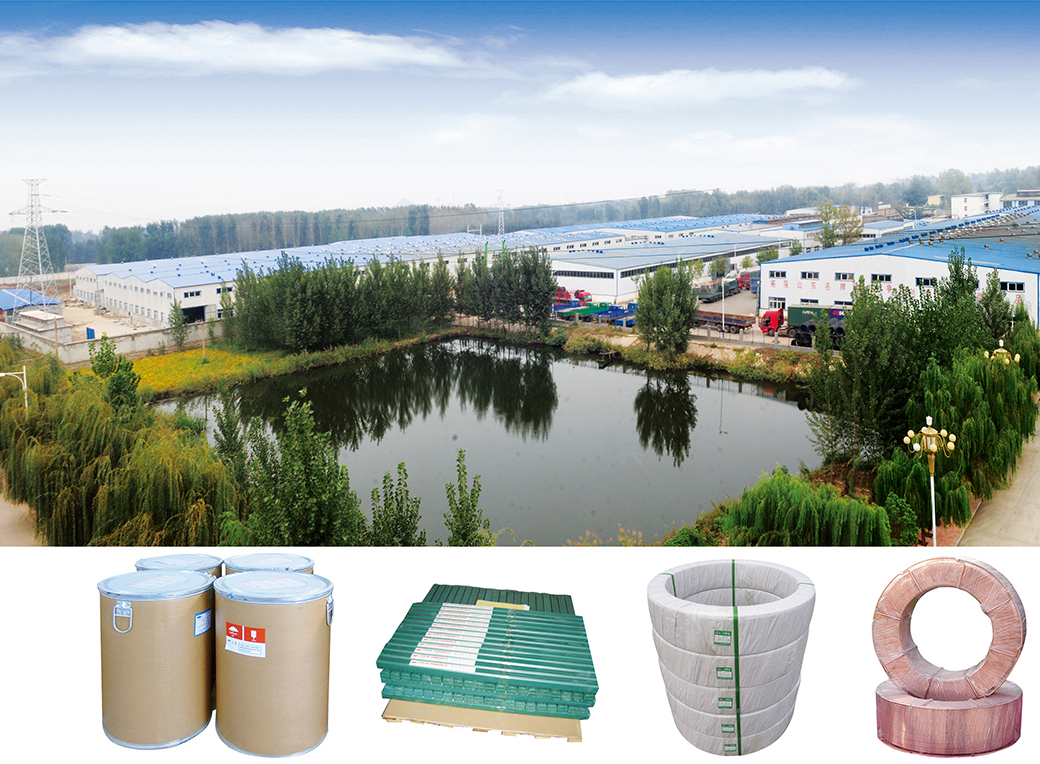MIG and TIG wires are integral components in the welding processes known as MIG (Metal Inert Gas) and TIG (Tungsten Inert Gas) welding, respectively. MIG wire is commonly used in welding applications requiring higher temperatures, such as aluminum and steel welding. TIG wire, such as stainless steel and copper, is commonly used for welding at lower temperatures. Each type of wire serves a distinct purpose and is designed for specific applications.
What is the Difference Between MIG and TIG Wires?
MIG and TIG wires are essential components in their respective welding processes, each with unique characteristics and applications. Understanding the differences between them can help in selecting the appropriate method for specific projects.
Differences Between MIG and TIG Wires
1. Welding Process
MIG Wire: Used in MIG welding (Gas Metal Arc Welding), where a continuous feed of consumable wire acts as both the electrode and filler material. The process is semi-automatic or automatic, making it faster and suitable for larger production runs.
TIG Wire: Utilized in TIG welding (Gas Tungsten Arc Welding), where a non-consumable tungsten electrode creates the arc. A separate filler rod is manually fed into the weld pool, allowing for greater control but requiring more skill and time.
2. Weld Quality and Strength
MIG Welding: Produces strong welds suitable for thicker materials, but may have more defects due to its faster process. The welds are generally less aesthetically pleasing compared to TIG welds.
TIG Welding: Known for producing high-quality, clean, and aesthetically pleasing welds. TIG welds are often stronger due to better penetration and fewer defects, making this method ideal for thin materials.
3. Speed and Efficiency
MIG Welding: Significantly faster than TIG welding because of its continuous wire feed system. This efficiency makes it preferable for large-scale projects or when speed is critical.
TIG Welding: Slower due to the manual feeding of filler rods and the requirement for precise control. This method is better suited for detailed work where quality is paramount.
4. Material Compatibility
MIG Wire: Commonly used for welding thicker metals such as steel and aluminum, making it versatile for various industrial applications.
TIG Wire: Often preferred for thinner materials, including stainless steel and aluminum, due to its ability to control heat input more effectively.
5. Ease of Use
MIG Welding: Generally easier to learn, making it accessible for beginners. The automated feeding mechanism reduces the complexity of the operation.
TIG Welding: Requires more skill and practice due to the need to manage both the tungsten electrode and filler material simultaneously. This complexity can make it challenging for new welders.





